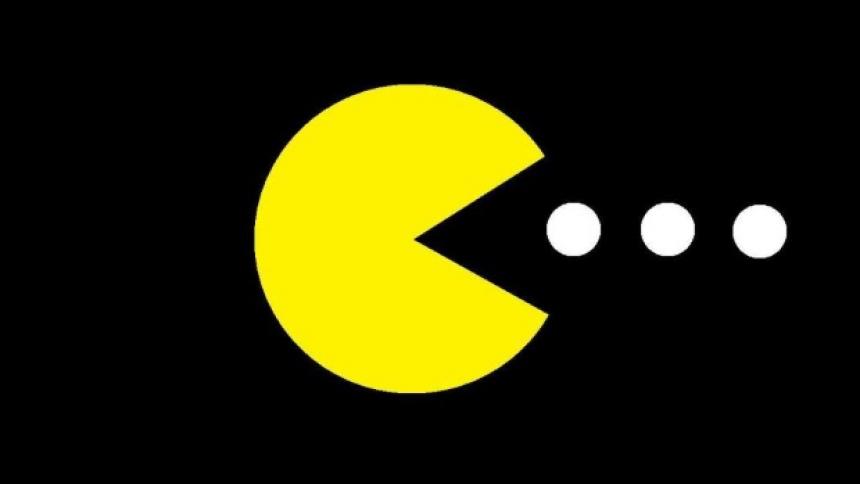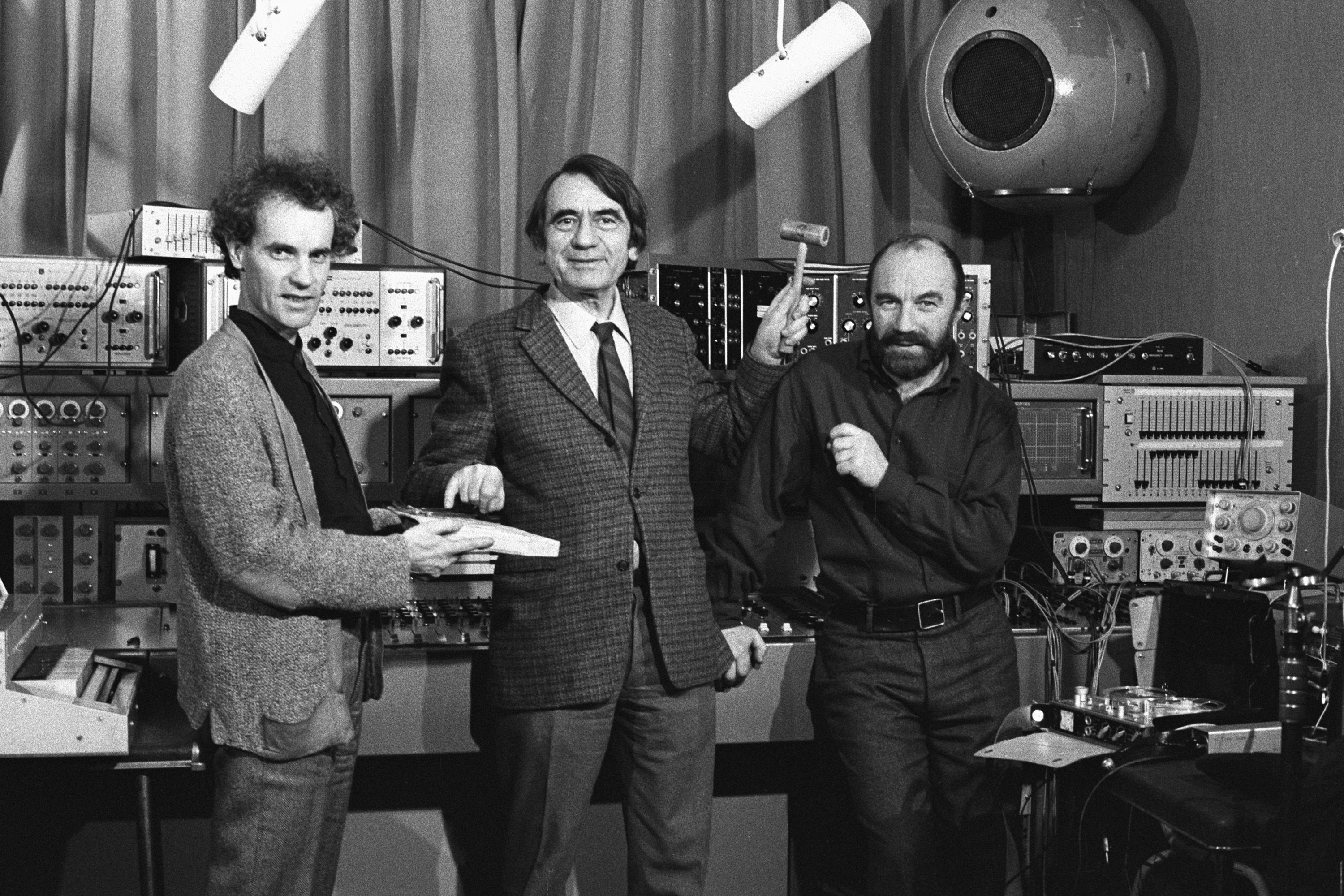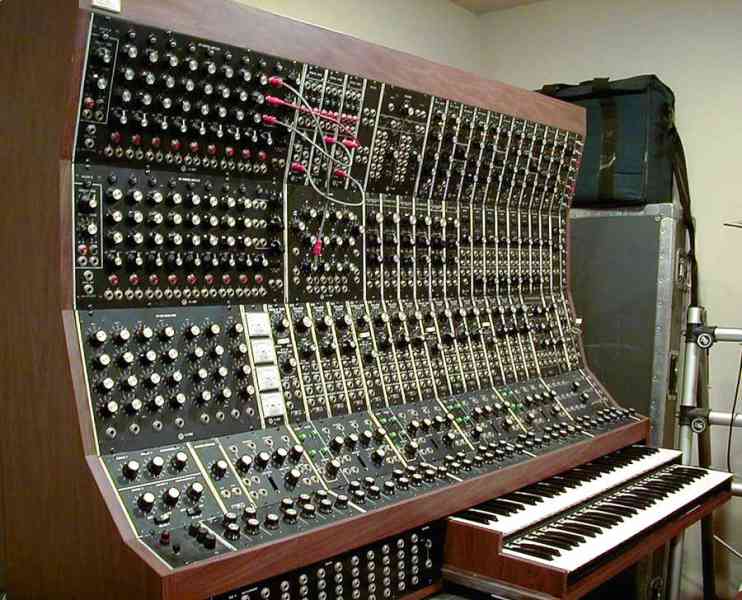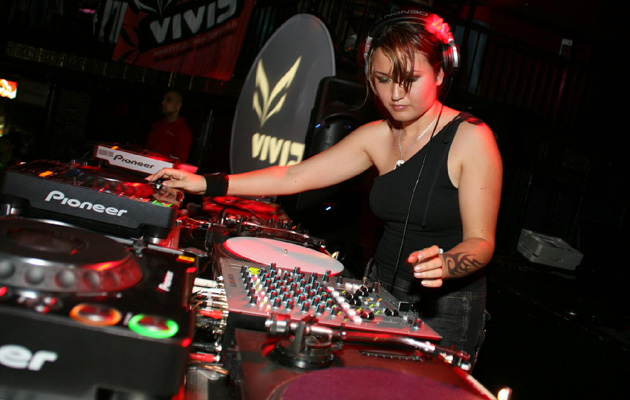Regarding the typical scene of most modern parties, someone once remarked that real life has finally mirrored art. In the popular eighties game, Pac-man, the main character chomped little dots, moving from room to room. This he did, all to the beat of electronic music filled with blips and beeps, not much different than the electronic music popular at modern parties.

(Source: mentalfloss.com)
The party crowd is a bunch of Pac-mans. The dots are various pills they take to get high, the rooms offering house beats, breakbeat, dubstep, hip-hop and more.
In fact, at one time there was a clear line in the sand between house music and hip-hop. Now the lines are muddy.
Repetitive electronics beats crowd their way into all forms of music now, from house to folk. That part may be new, but electronic music is nothing new.
First Forays Into Electricity

(The Denis D’or | source: ukizero.com)
The first electronically imbued instruments appear in the mid-18th Century. That’s right, the 1740s.
Back then they were more magnetic than electric, but one could argue that’s when humans were no longer satisfied with good old fashioned animal parts (hair and guts made their way into stringed instruments), wood, and metal for producing instrumental sounds.
Humanity would really get electric with the prevalence of electricity, but it would be in the 1940’s before we could record sounds to magnetic tape.
That’s when the first experiments with modulating tape speeds informed the first explorers what might be possible.
The Development of Sound

(Musique Concrete | source: ears2.dmu.ac.uk)
Starting in ’39, John Cage recorded a series of records he called Imaginary Landscape, which he made with two turntables running at variable speeds. He was, by all accounts, the first DJ.
In 1948, in France, the Musique Concrète movement mixed natural instruments with various non-instrumental sounds to create new forms of music.
Then in the 50s, several people interested in the idea of electronically produced music collaborated. The results of their work appeared in a thesis by Weber Meyer-Eppler, Elektronische Klangerzeugung: Elektronische Musik.
The paper theorized that we may one day be able to synthesize music just from signals, not recorded sounds. The group was successful, creating music completely void of traditional instruments.
There were many other small steps towards electronic music, but none had the impact of the Moog synthesizer.
A Movement Is Born

(The Moog Synthesizer | source: pinterest.com)
Robert Moog’s invention, the Moog Synthesizer, changed the music of the 60’s. This is the time most people credit with the start of electronic music.
It was 1964. At the time, he’d been playing with various incarnations of electronic music, but in ’66 he patented his device. Using a keyboard, the Moog synthesizer could produce sounds from signals.
Composers and pop musicians alike played with Moog’s device. In the popular sphere, at the time, it was rock music applications. It would be 1980 before the first MIDI (Musical Instrument Digital Interface) took center stage in the creation of electronic music.
Then that we heard the first samples of what was commonly (sometimes incorrectly) called techno.
We Hit Full Speed

(source: crossfadr.com)
If the 80s get credit for forging the trail for early electronic dance music (EDM), the 90s were the decade where more people tuned in.
It was the 90s when electronic music diversified into genres like house, jungle, drum and bass, and more. Hip hop had its own form of electronic sound. At the time the two still did not cross streams.
By the early 2000s, EDM and hip-hop were the club standards, but there was still little crossover. At the time, DJ’s were bigger than rockstars.
Compared to hiring a band, a DJ arrived at a club with a slack of records. Club operators only had to pay one person, instead of three to five. They could pay a DJ half what they’d pay a band and the DJ would still do better.
Not only that, the crowds didn’t want live music. The modus operandi for partying was MDMA, an illicit drug sold in pill form, as were a slew of other designer drugs. The sensory overloads of MDMA were perfect for stimulation of EDM.

(source: fox-samples.com)
The last few years the crossovers from EDM into other forms of music are uncountable. If you’re not a fan of EDM, you may find it surprising to learn how much of your favorite non-EDM music is actually electronic.
Electronic music is here to stay, except in cases where artists have specifically stripped the electronic elements from their music. We’ve come a long way from the early days of techno, but even further from the first electronic instruments.
Just, don’t let anyone tell you it’s something new. We’ve been dancing to electronics since before the Civil War.

